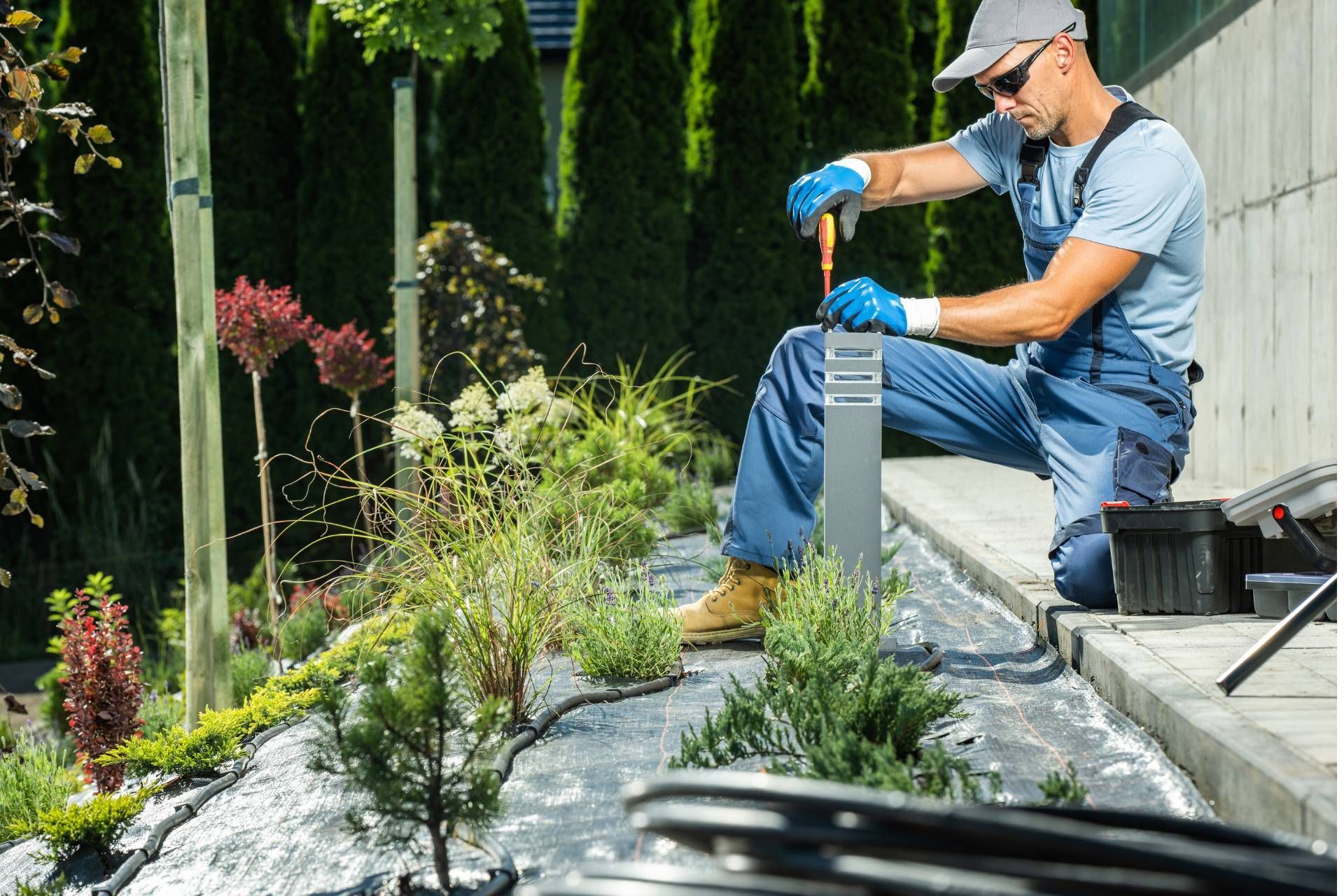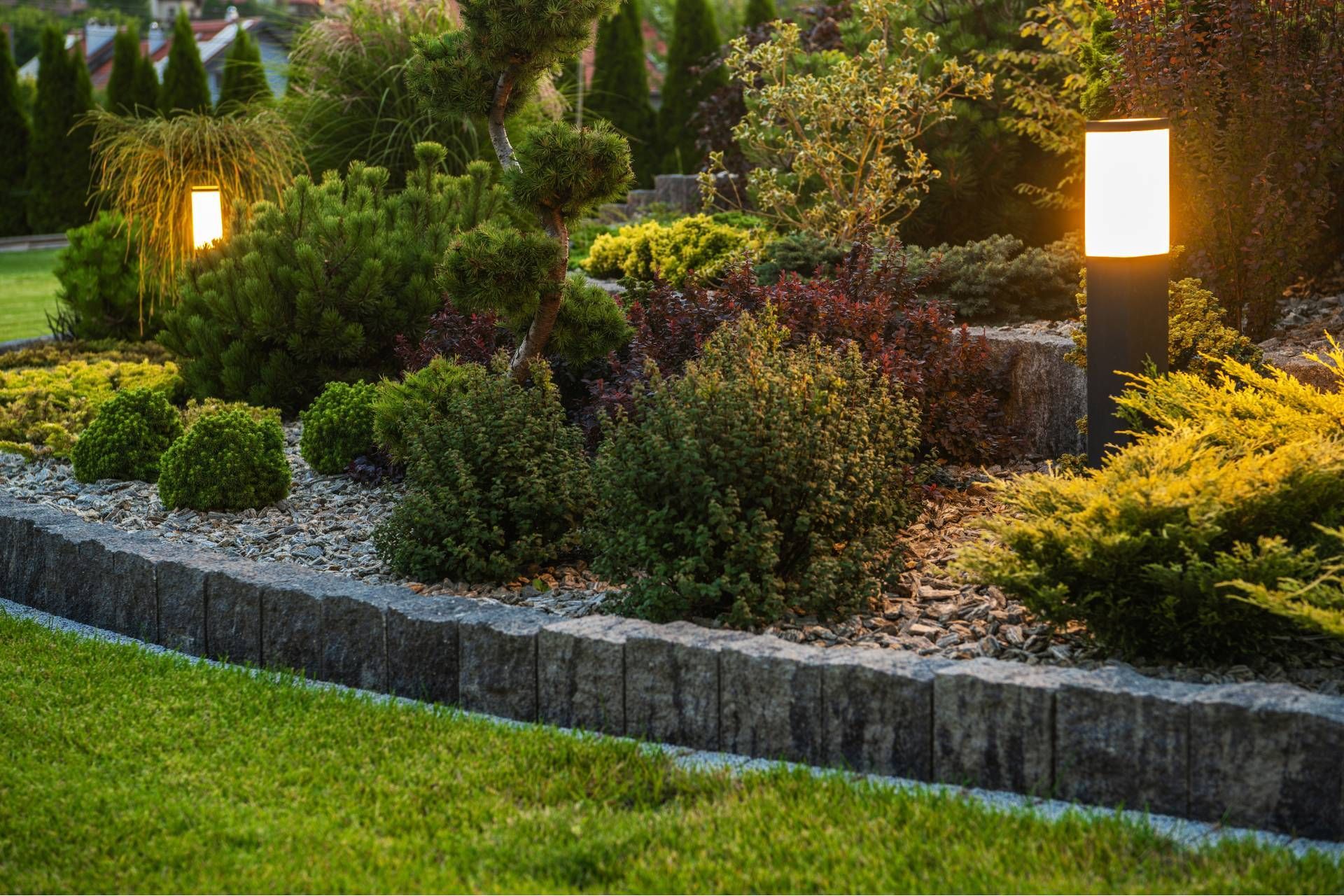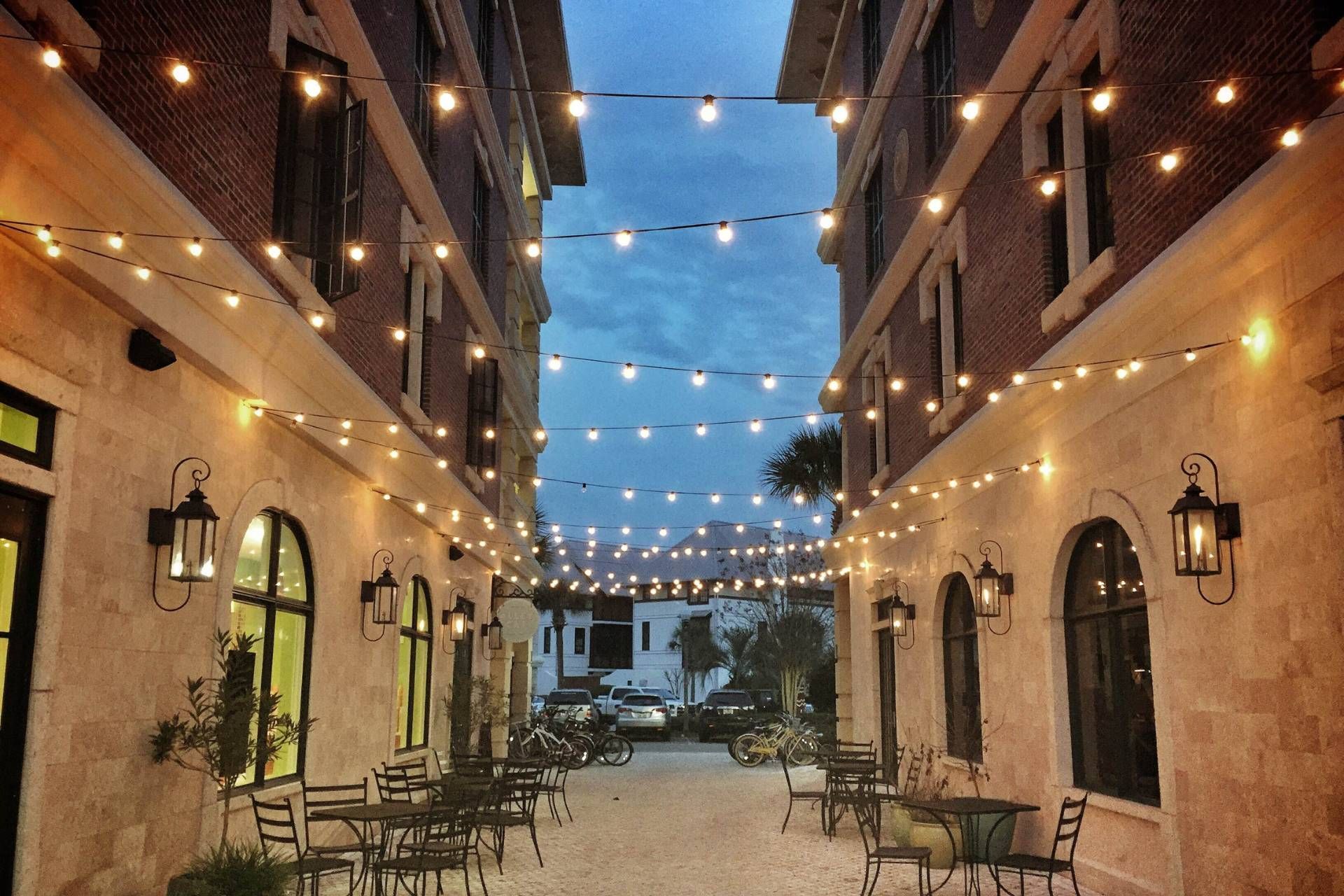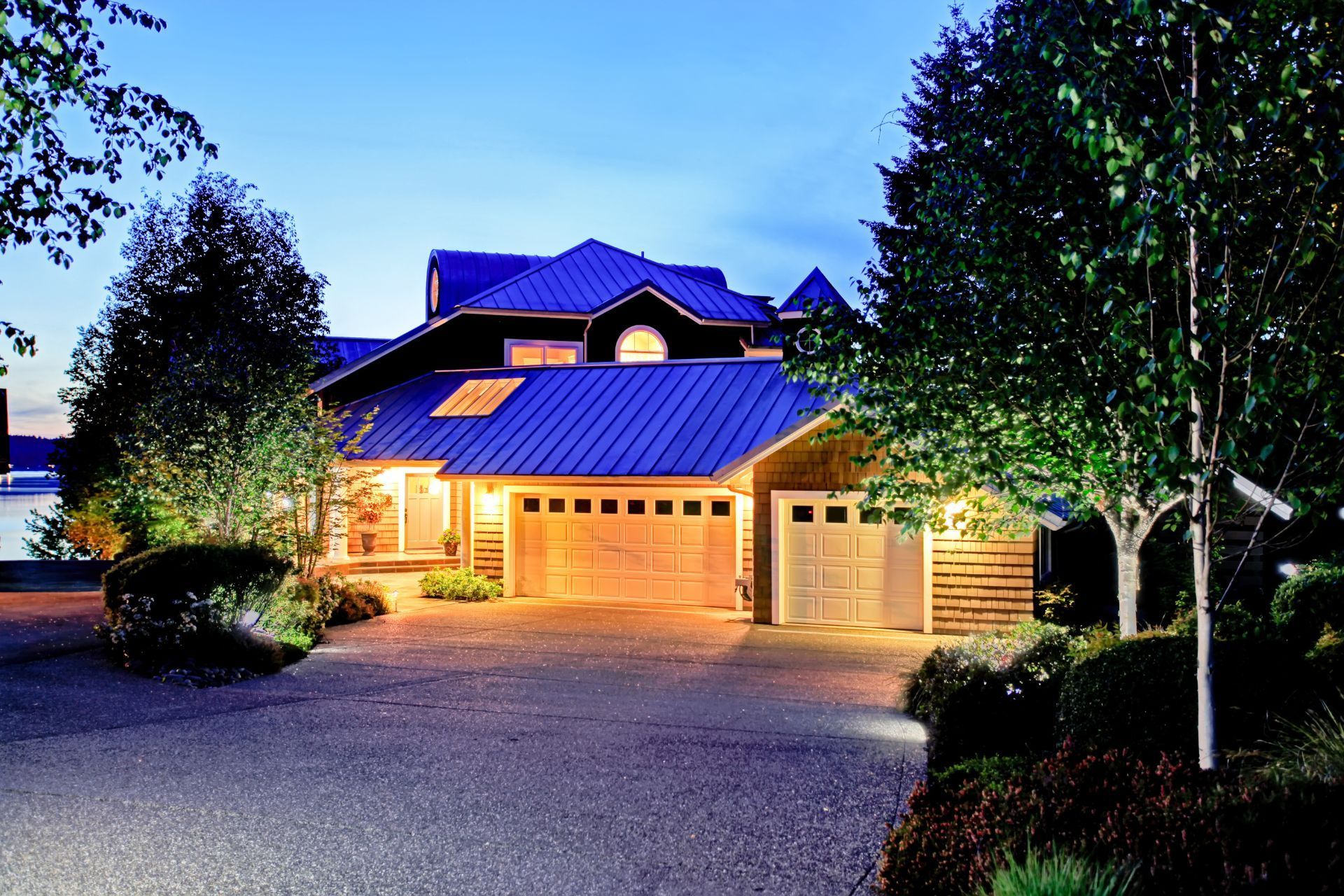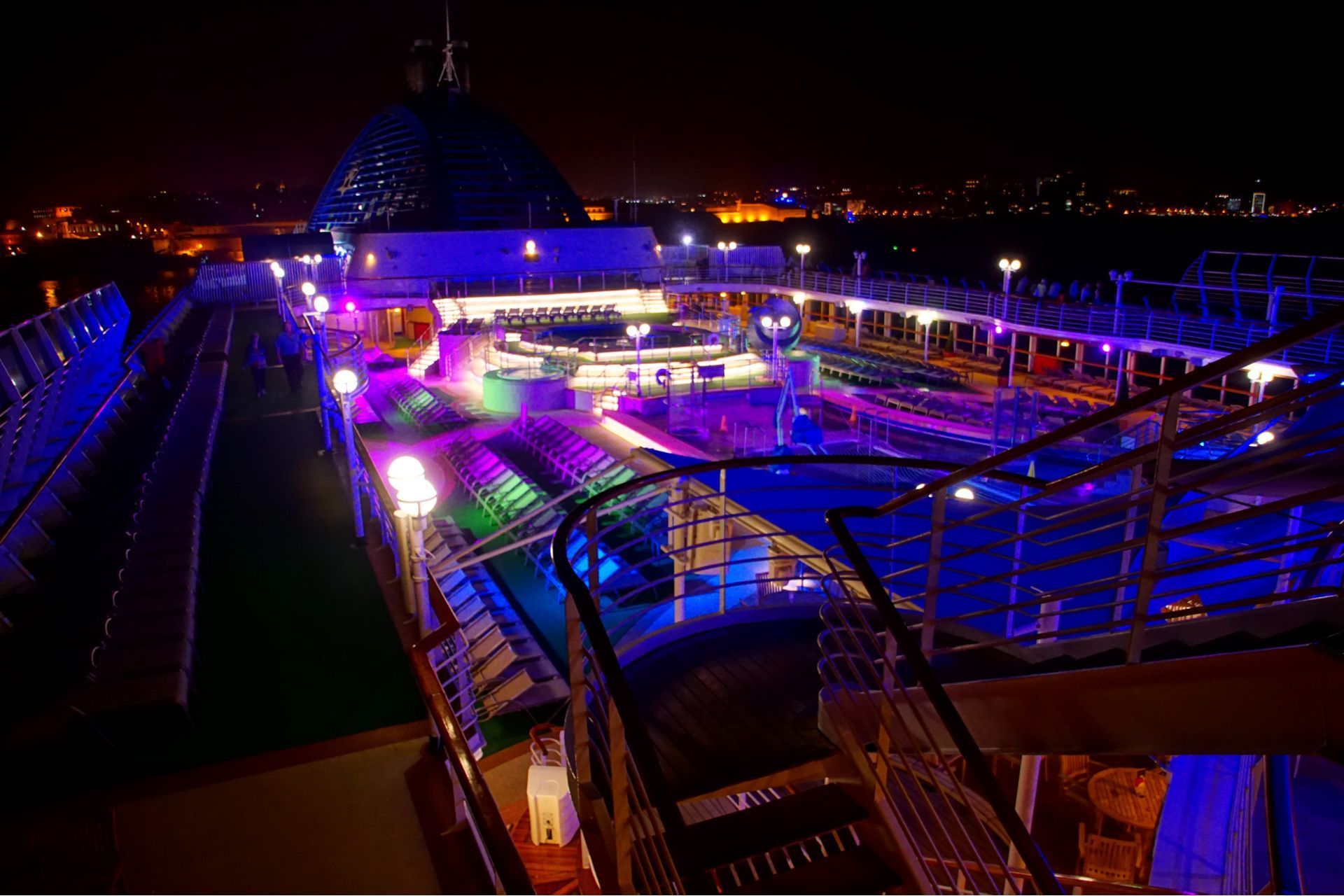Factors to Consider When Choosing Landscape Lighting
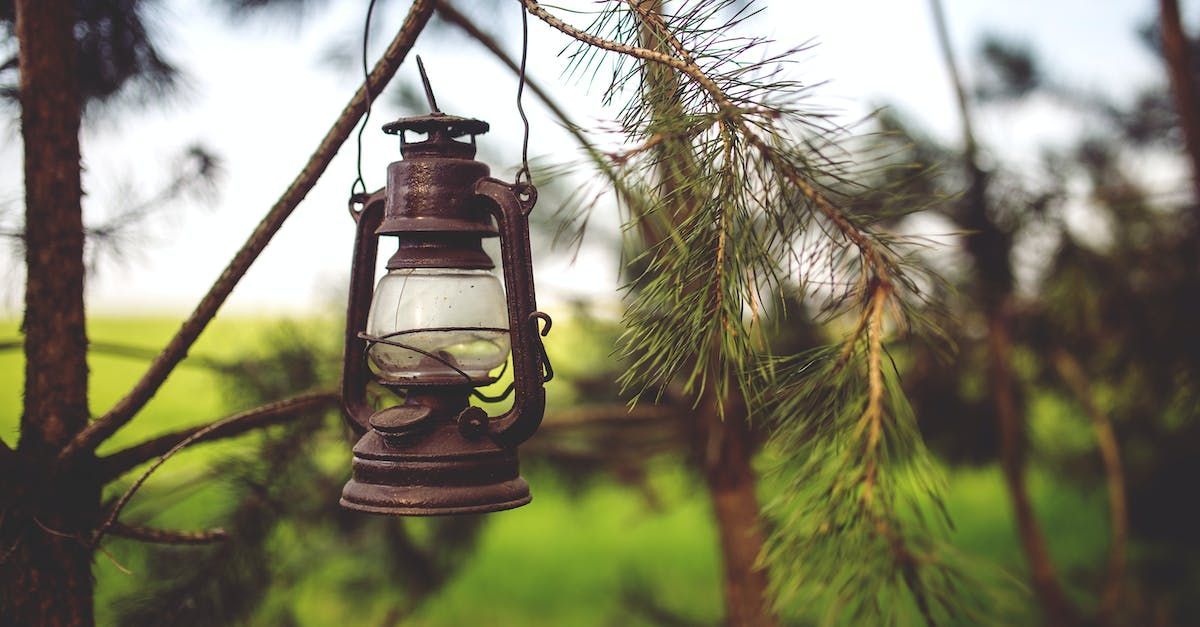
When it comes to enhancing the beauty and functionality of your outdoor spaces, landscape lighting plays a crucial role. Not only does it provide safety and security, but it also adds ambiance and highlights the best features of your landscaping. However, choosing the right landscape lighting can be a daunting task with so many options available in the market. To help you make an informed decision, here are some factors to consider when choosing landscape lighting:
Purpose and Functionality
Before diving into the aesthetics, it's essential to determine the purpose of your landscape lighting. Are you looking to illuminate paths and driveways for safety reasons? Or do you want to create an inviting ambiance in your garden or patio? Understanding the primary function of the lighting will help you narrow down your options and choose the most suitable fixtures.
Lighting Techniques
There are several lighting techniques that can create various effects in your landscape. Understanding these techniques can help you achieve the desired look. Some common techniques include uplighting (where fixtures are placed to shine light upwards onto trees or architectural elements), downlighting (where fixtures are placed high and shine light downwards), and pathway lighting (to illuminate walkways and stairs).
There are several types of landscape lighting to choose from, each serving a distinct purpose.
Here are a few common options:
- Path lights: Perfect for illuminating walkways, these lights can be mounted at regular intervals to ensure safe passage during dark hours.
- Spotlights: These concentrated beams of light are ideal for highlighting specific focal points in your landscape, such as statues, trees, or architectural elements.
- Floodlights: Designed to cover a wide area, floodlights are effective for enhancing security and illuminating larger sections of your outdoor space.
- Step lights: Mounted on stairs or deck structures, these lights provide added safety and guide visitors in low-light conditions.
Power Source
Deciding on the power source for your landscape lighting is an important consideration. There are mainly two options: electricity or solar power. Electric landscape lighting offers a consistent and reliable source of power, making it suitable for larger installations or areas that require bright lighting. On the other hand, solar-powered lights are energy-efficient and environmentally friendly, but they may not be as bright or consistent as their electric counterparts.
Energy Efficiency
In today's eco-conscious world, energy efficiency has become a significant factor to consider. LED lights are an excellent choice for landscape lighting due to their low energy consumption, long lifespan, and versatility. They are more expensive initially, but they save energy and reduce maintenance costs in the long run. Additionally, consider using timers, motion sensors, or dimmers to further enhance your lighting efficiency.
Fixture Material and Durability
Since landscape lighting fixtures are exposed to the elements, it's crucial to choose materials that can withstand different weather conditions. Opt for fixtures made from high-quality materials like brass, copper, or stainless steel, as they are durable and resistant to corrosion. Cheaper plastic options may be available but won't last as long.
Design and Aesthetics
The design and aesthetics of your landscape lighting should complement your overall outdoor style and architecture. Consider your existing landscaping elements, such as plants, trees, or architectural features, and choose fixtures that enhance their beauty. It's important to strike a balance between functionality and aesthetics to create a cohesive and visually appealing outdoor space.
To maximize the impact of your landscape lighting, plan the layout strategically. Determine the areas you want to illuminate and consider layering different types of lighting for a visually appealing effect. Experiment with different angles and heights for spotlights and use a combination of downlighting and uplighting to add depth and dimension to your space. Don’t forget to include enough lighting around gathering areas and entryways to ensure safety and functionality.
Seek professional advice
If you’re unsure about what lighting design would work best for your outdoor space, don’t hesitate to seek professional advice. Lighting experts have the experience and knowledge to guide you through the process, recommend suitable fixtures, and create an effective lighting plan that aligns with your goals and budget.
Ready to work with
Woods Luminaires?
Contact us today.
WOODS
LUMINAIRES
Head Office
Inquiries
For any inquiries, questions or commendations, please call: (435) 535-1351
Copyright © 2023 Woods Luminaires, All Rights Reserved. Privacy Policy


